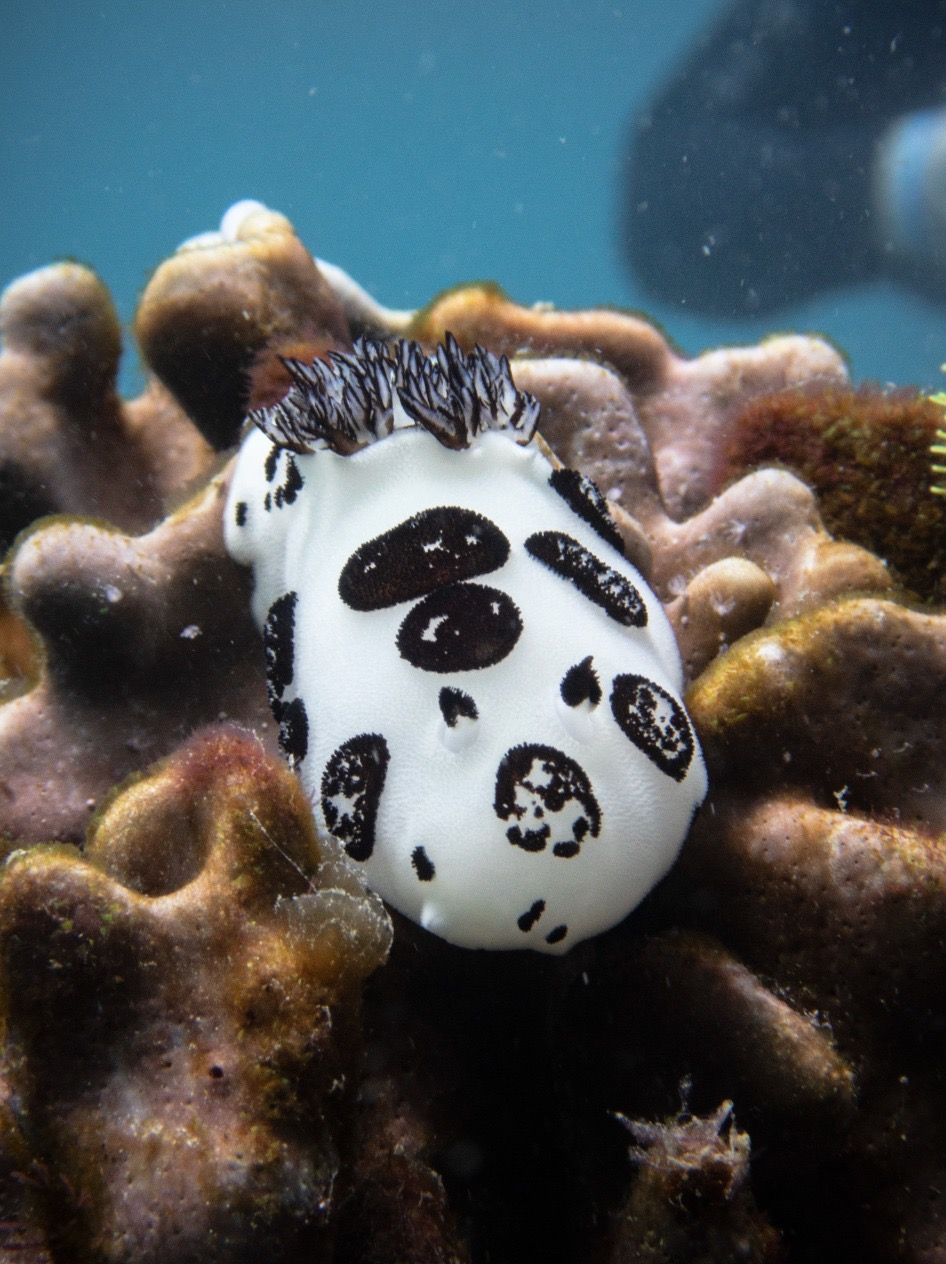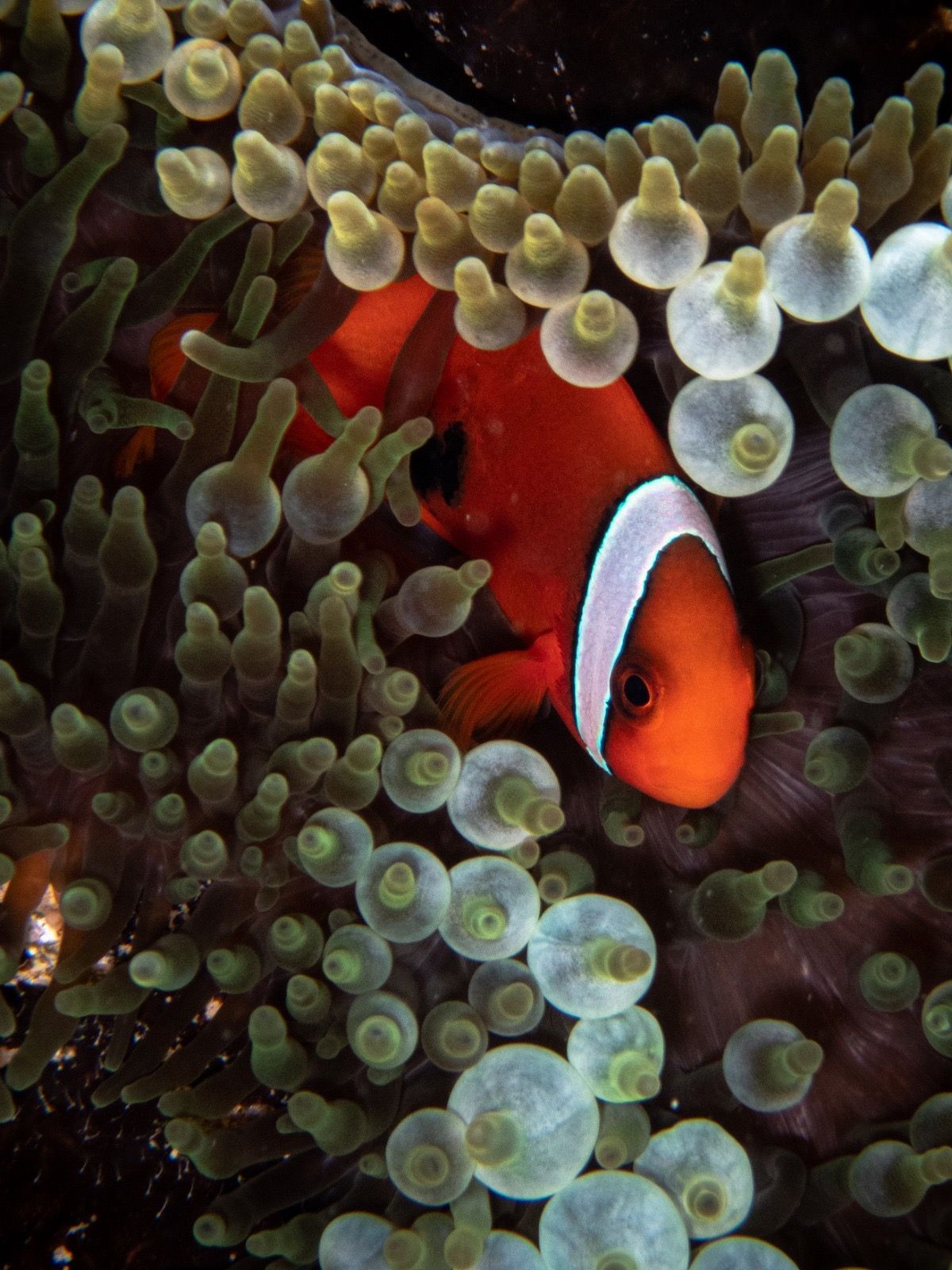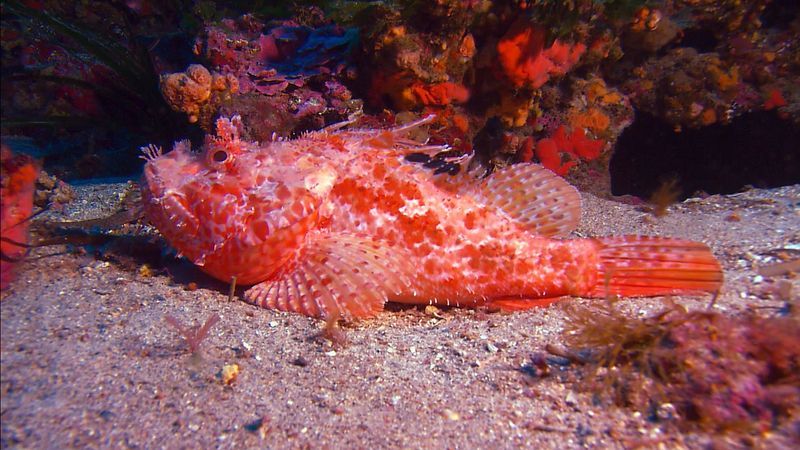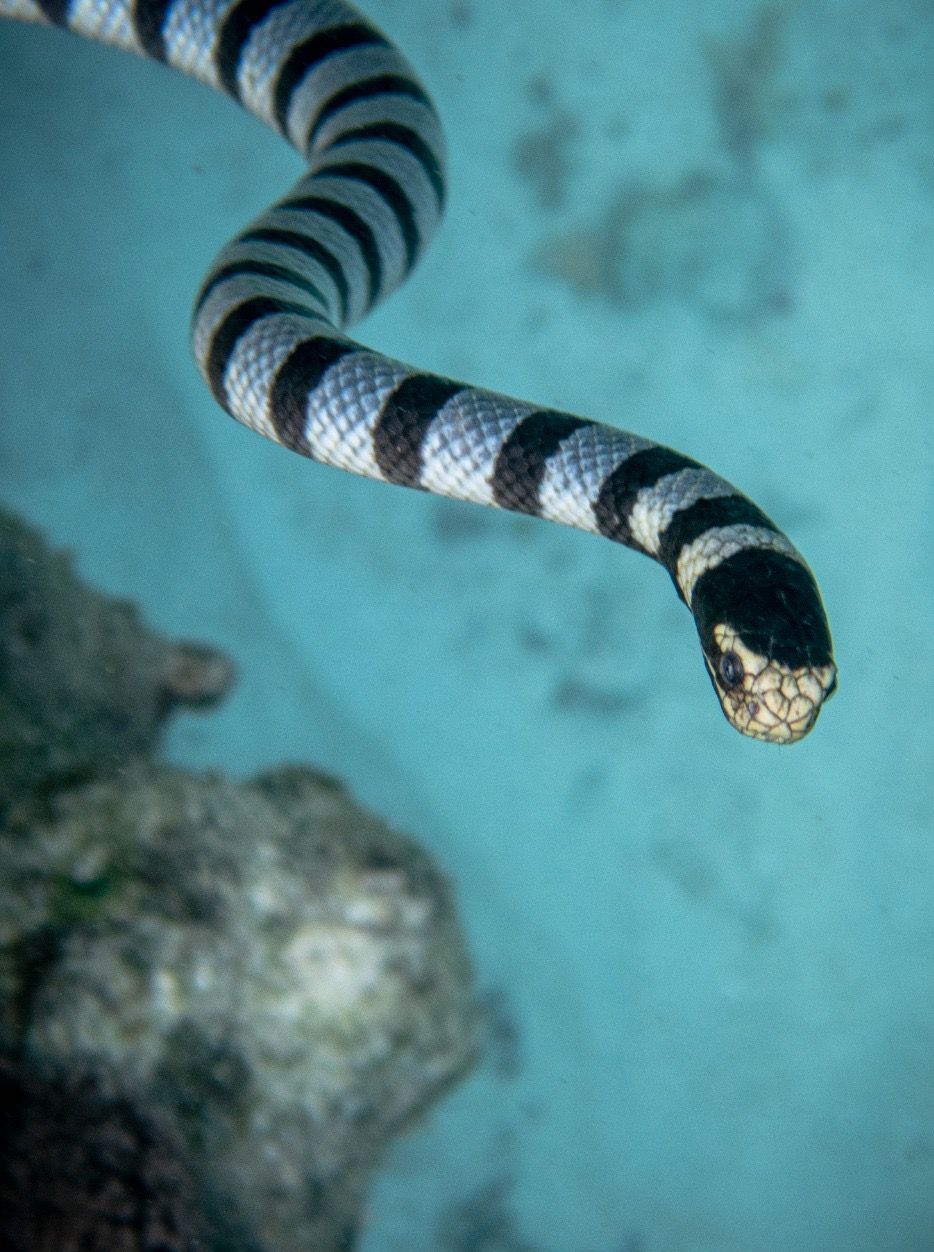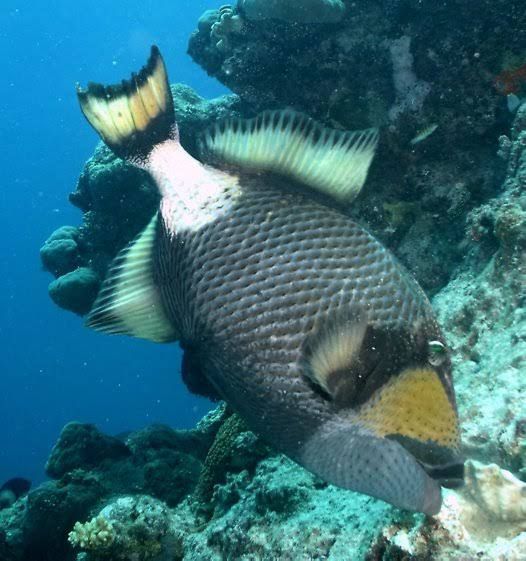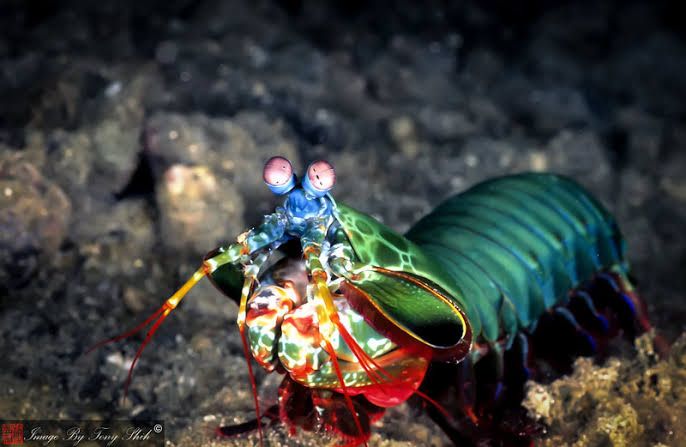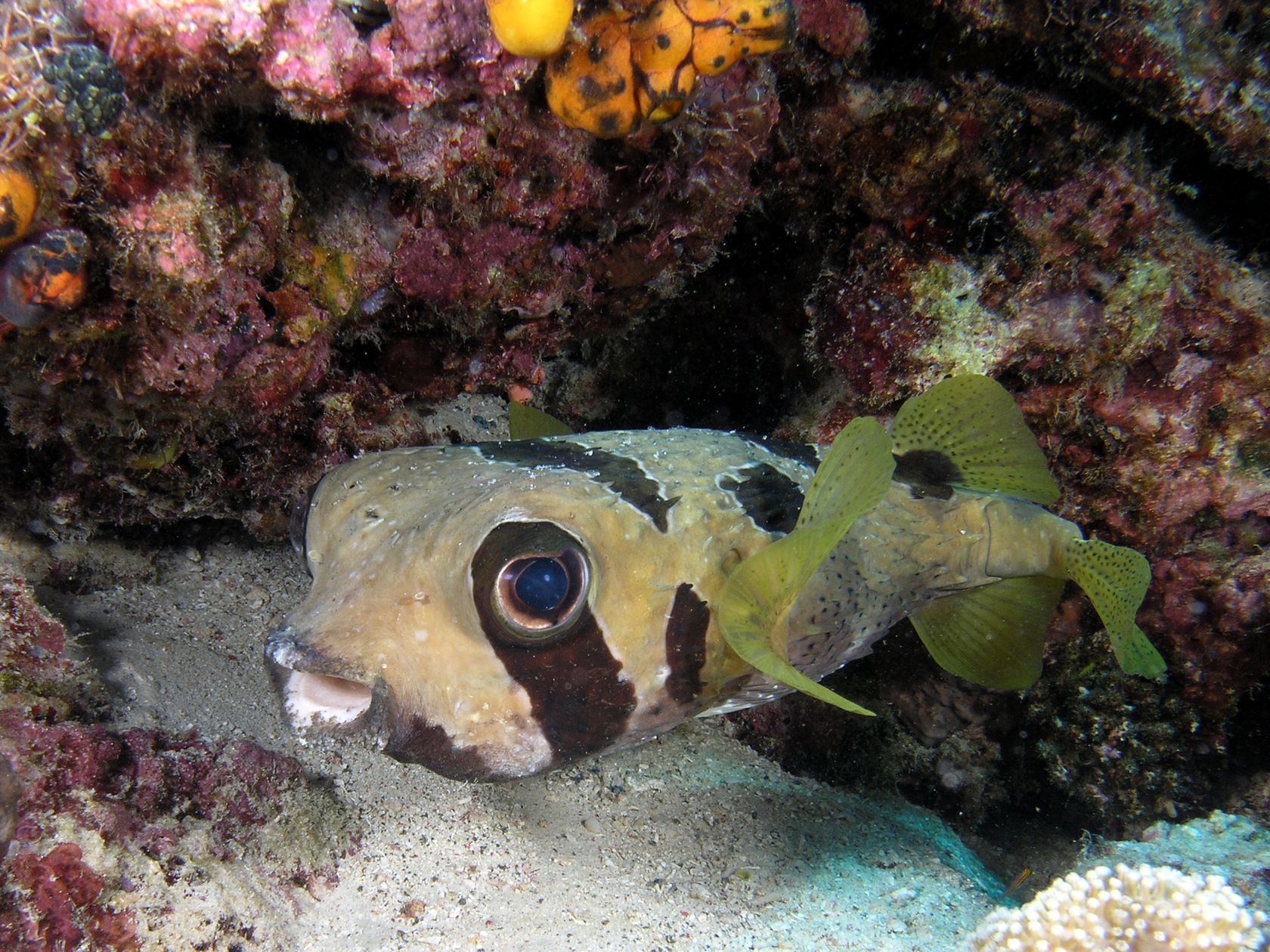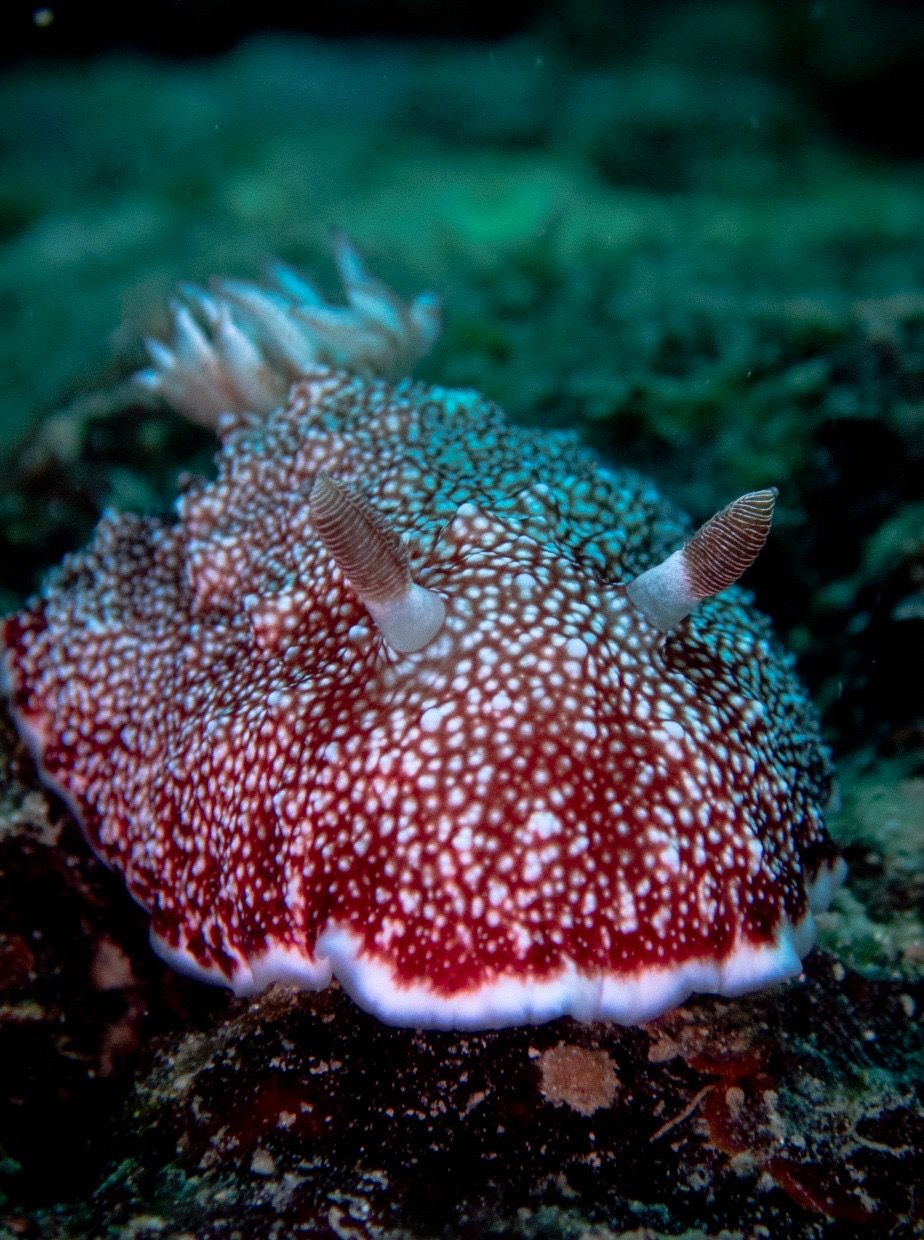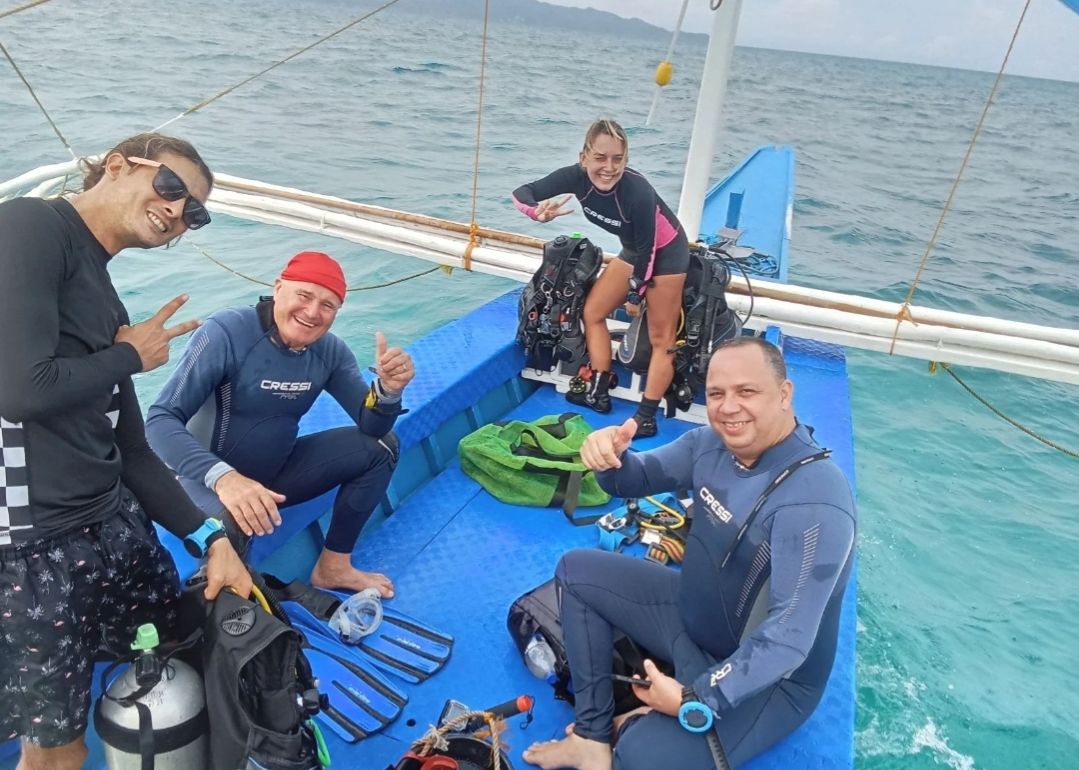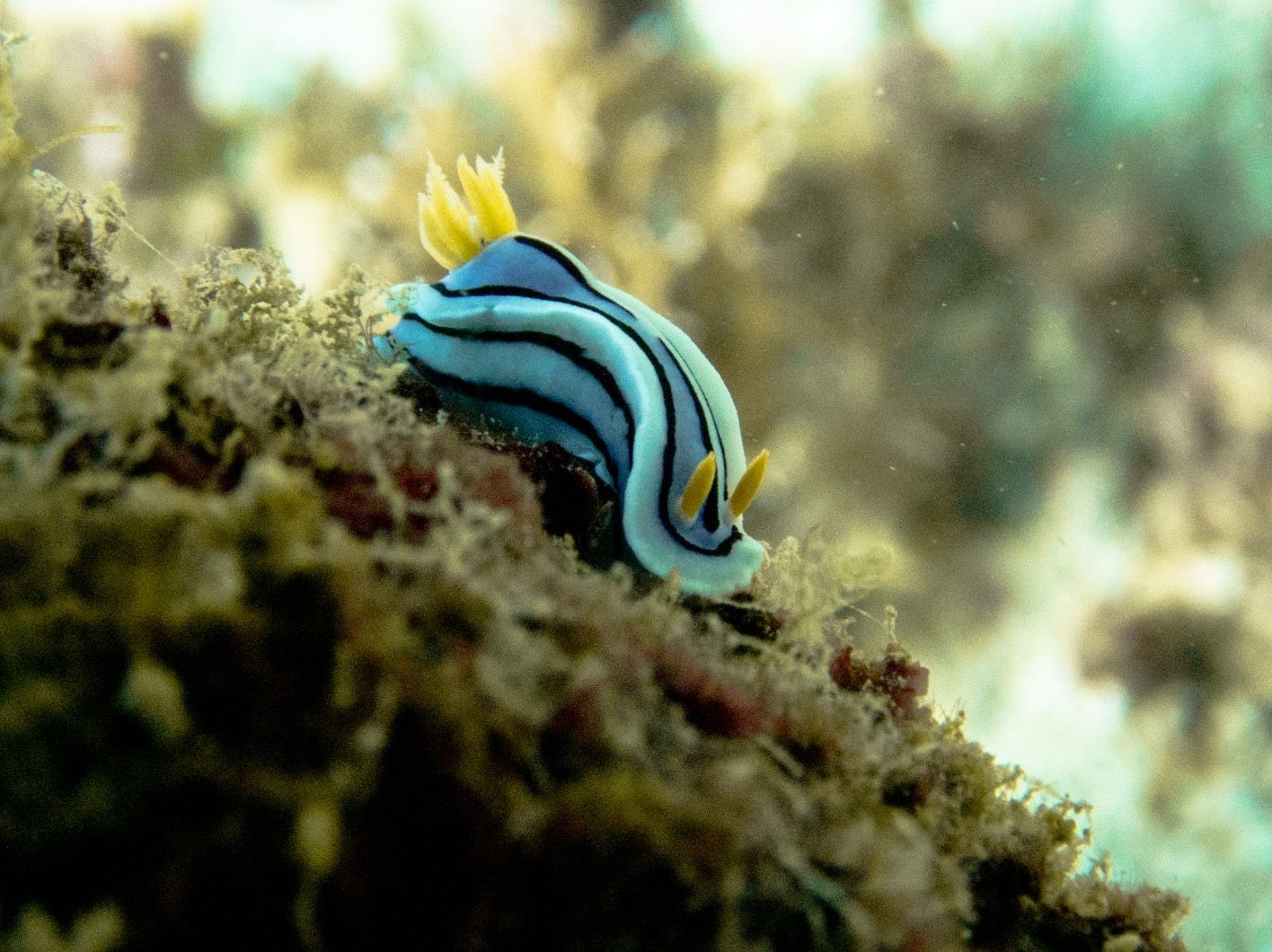06/17/2025 Dive Log – CAMIA II
Dive Log: 06/17/2025
Dive Site Name: CAMIA II
Dive Depth: 28 meters
Dive Duration: 42 minutes
About The Dive: Our favourite wreck in Boracay !
As soon as we started descending along the mooring line we had a school of around 40 spade fish around us !
Once at the wreck 3 scorpion fish, ornate ghost pipe fish, Durban shrimps, Jan’s pipefish and Oreo nudibranches were found all around between the mast and capitan haul.
Over us a big fish ball with midnight snappers and groupers were dancing over the top of the wreck at about 15 meters!
Great dive with great people!
